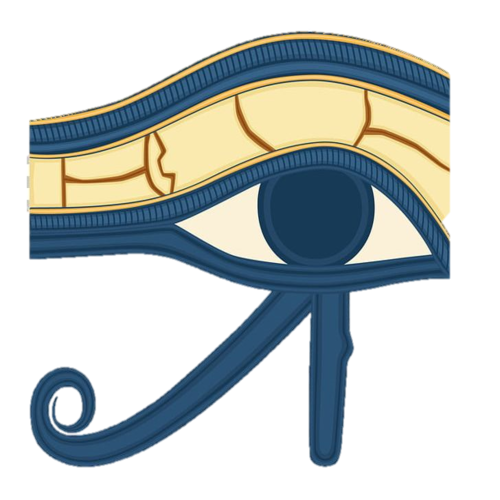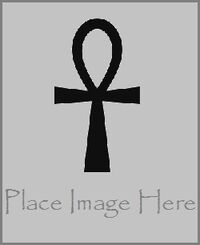Tomb KV17, located in Egypt's Valley of the Kings and also known by the names "Belzoni's tomb", "the Tomb of Apis", and "the Tomb of Psammis, son of Nechois", is the tomb of Pharaoh Seti I of the Nineteenth Dynasty. It is one of the best decorated tombs in the valley, but now is almost always closed to the public due to damage. It was first discovered by Giovanni Battista Belzoni [1] on 16 October 1817.
The longest tomb in the valley, at 100 metres, it contains very well preserved reliefs in all of its eleven chambers and side rooms. One of the back chambers is decorated with the Ritual of the Opening of the Mouth, which stated that the mummy's eating and drinking organs were properly functioning. Believing in the need for these functions in the afterlife, this was a very important ritual. The sarcophagus is now in the Sir John Soane Museum in London. A very long and still incompletely explored tunnel leads away into the mountainside from beneath the location where the sarcophagus stood in the burial chamber
Source notes
References
- Reeves, N & Wilkinson, R.H. The Complete Valley of the Kings, 1996, Thames and Hudson, London.
- Siliotti, A. Guide to the Valley of the Kings and to the Theban Necropolises and Temples, 1996, A.A. Gaddis, Cairo.
External links
- Theban Mapping Project: KV17 - Includes description, images, and plans of the tomb.
- Finding of the tomb of Seti I by Belzoni
- The Tomb of Seti I, Valley of the Kings

